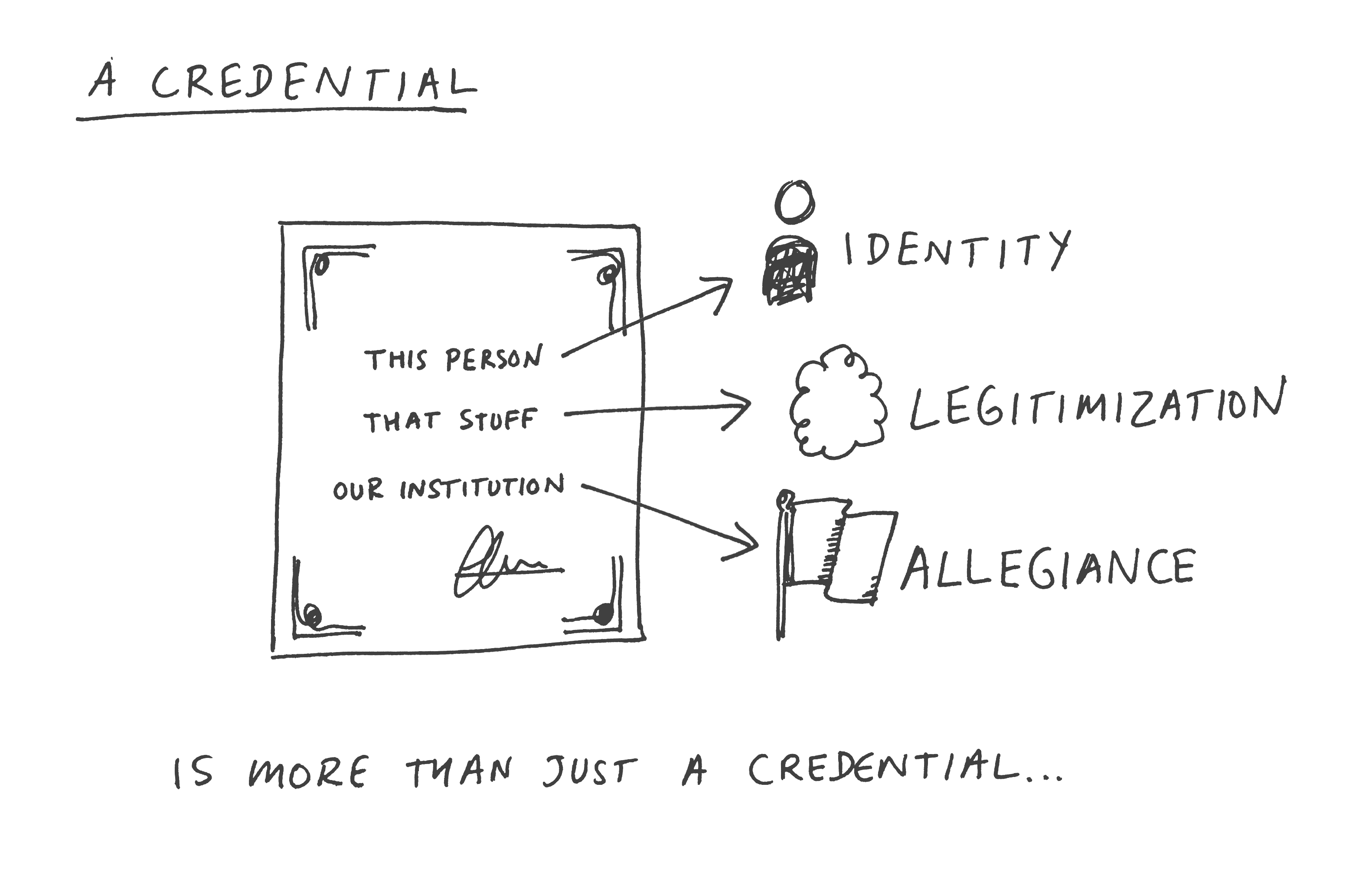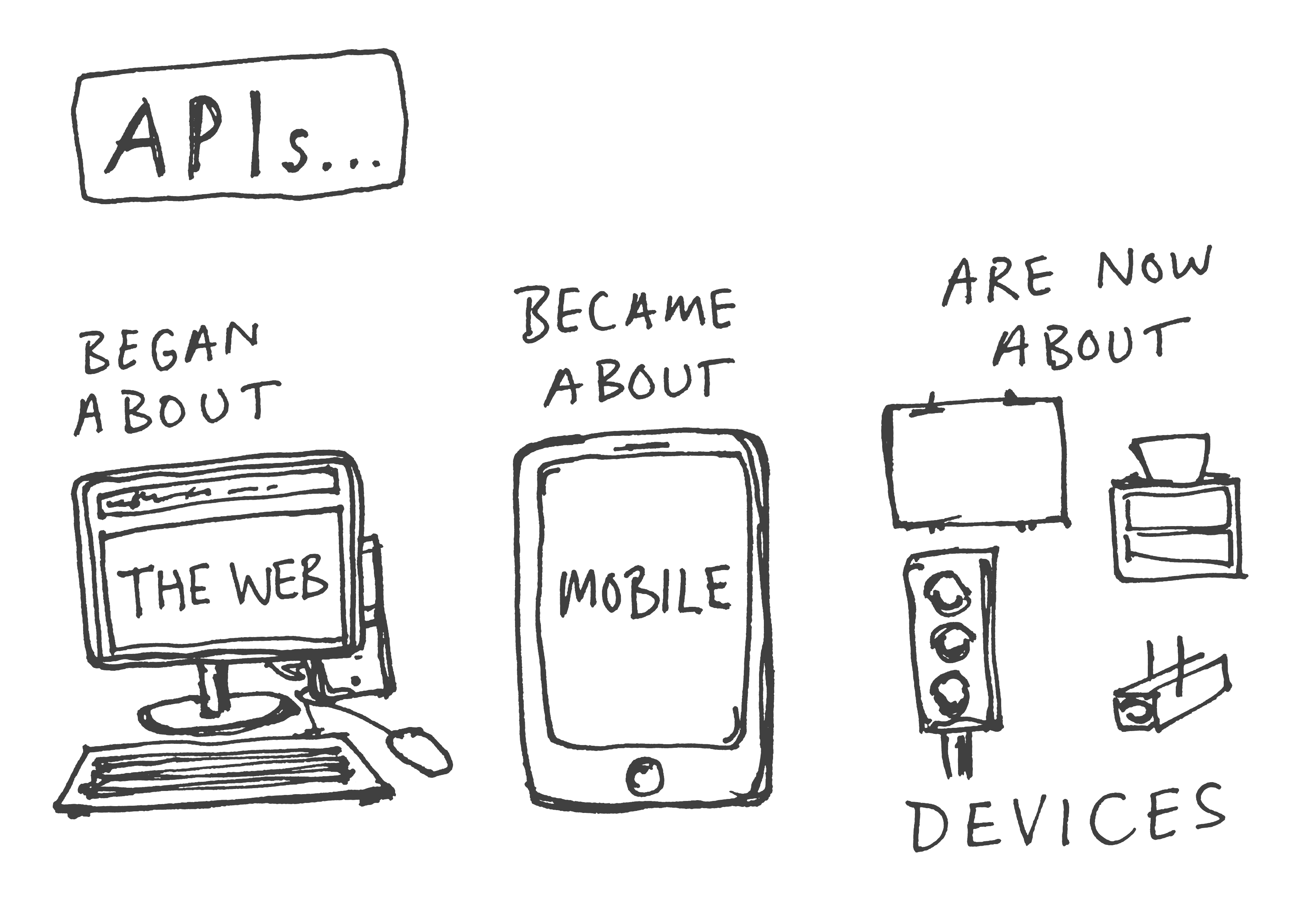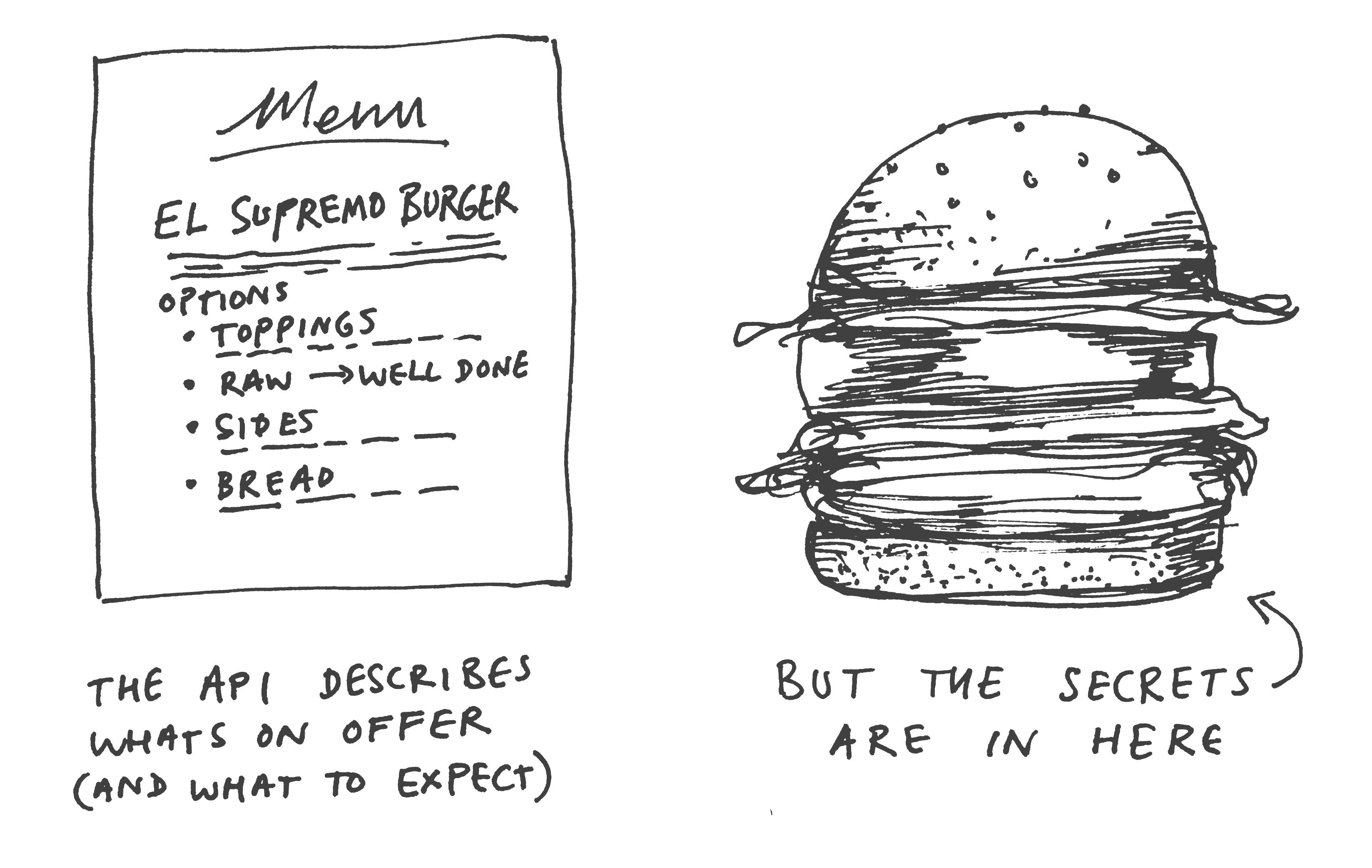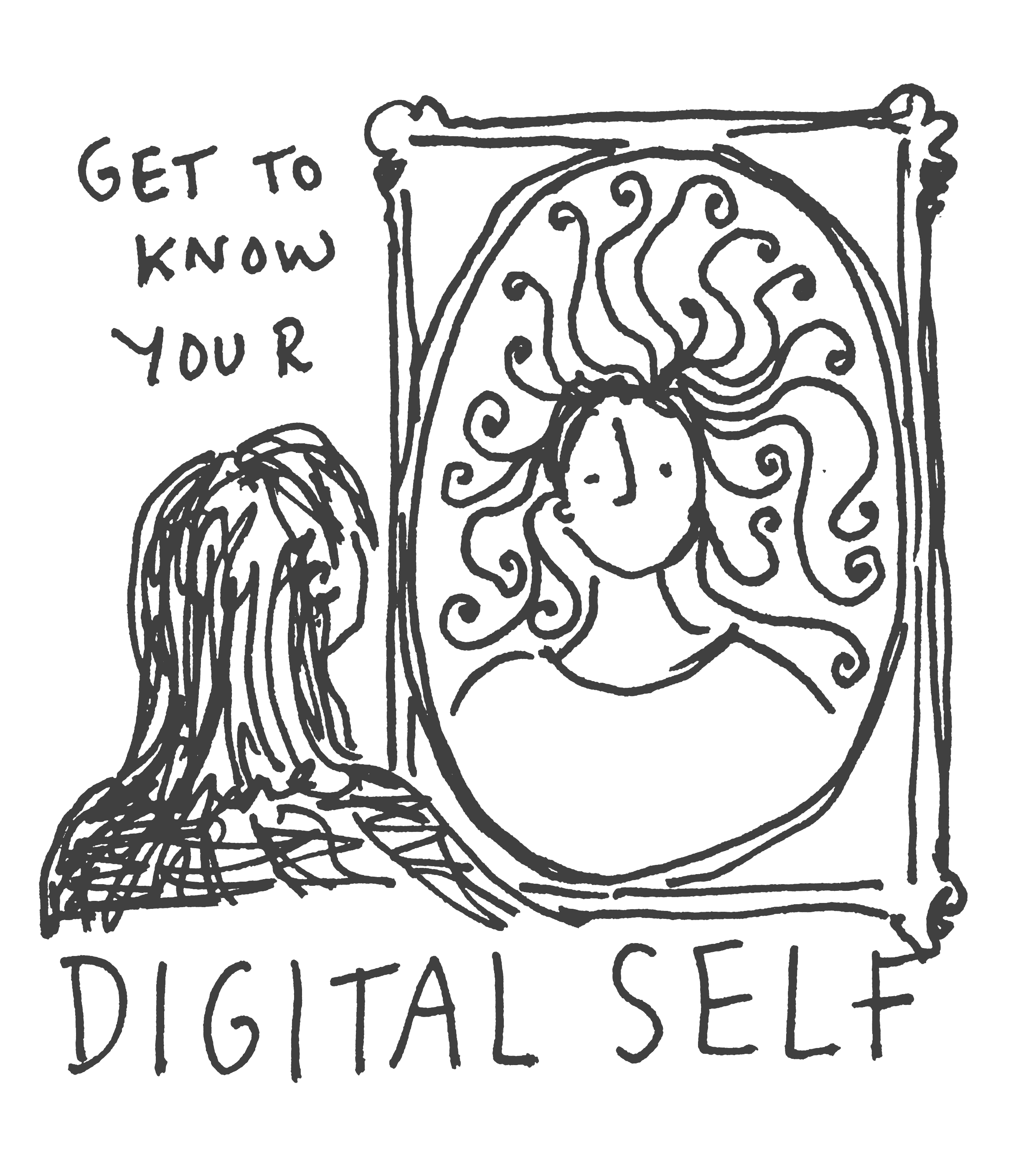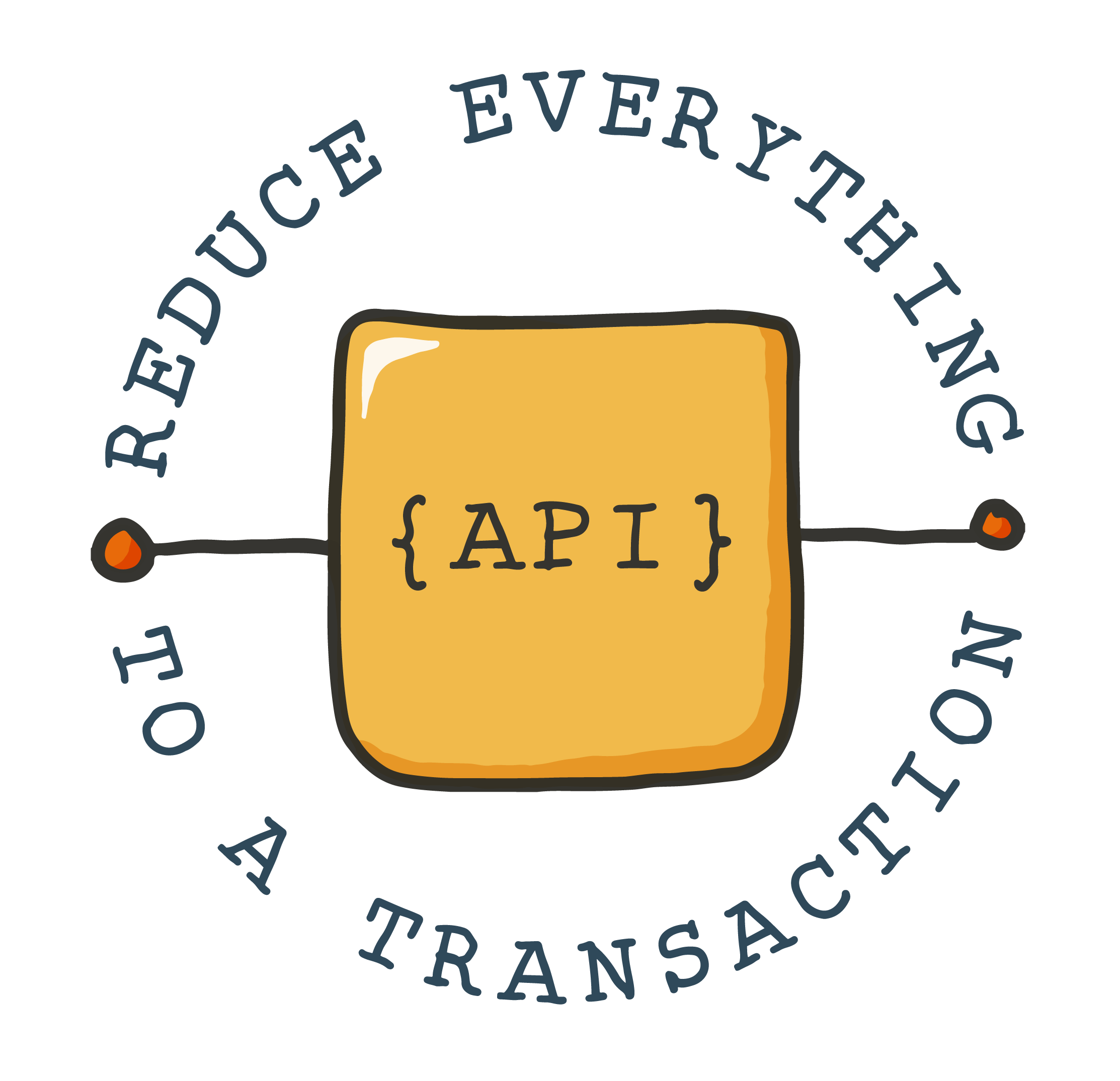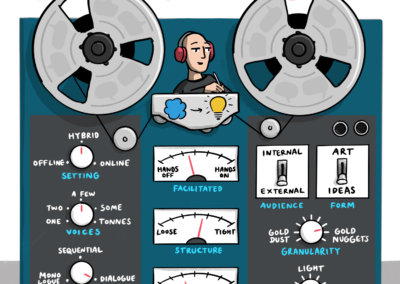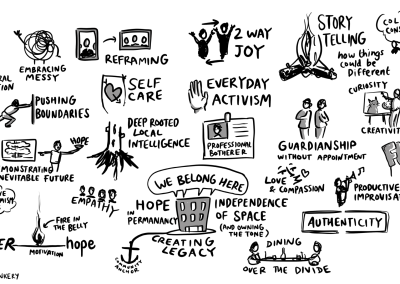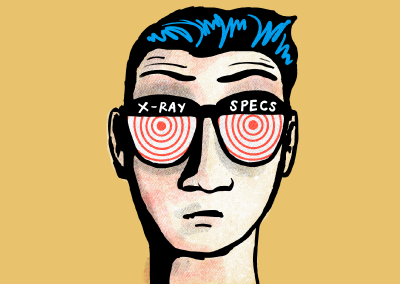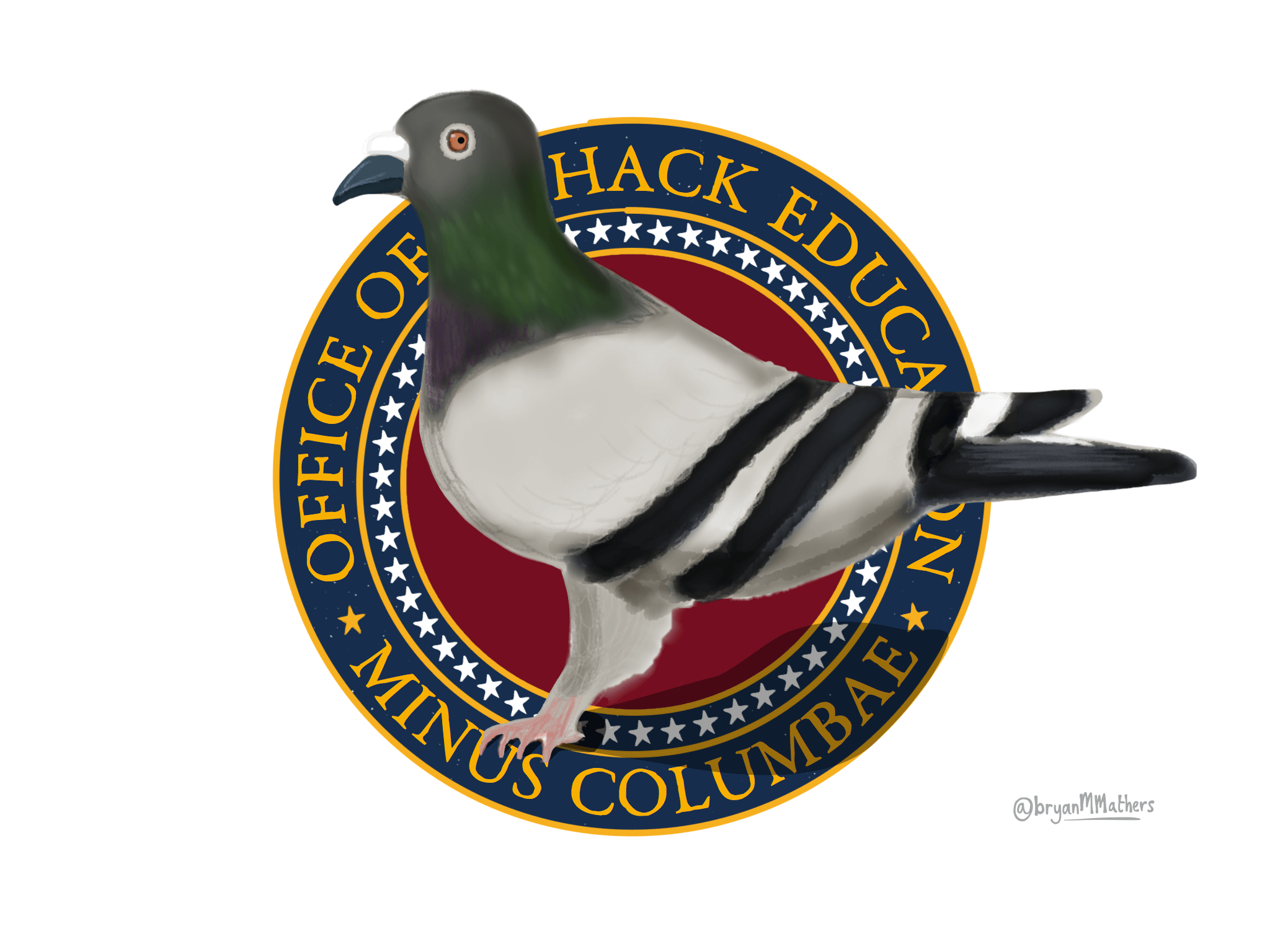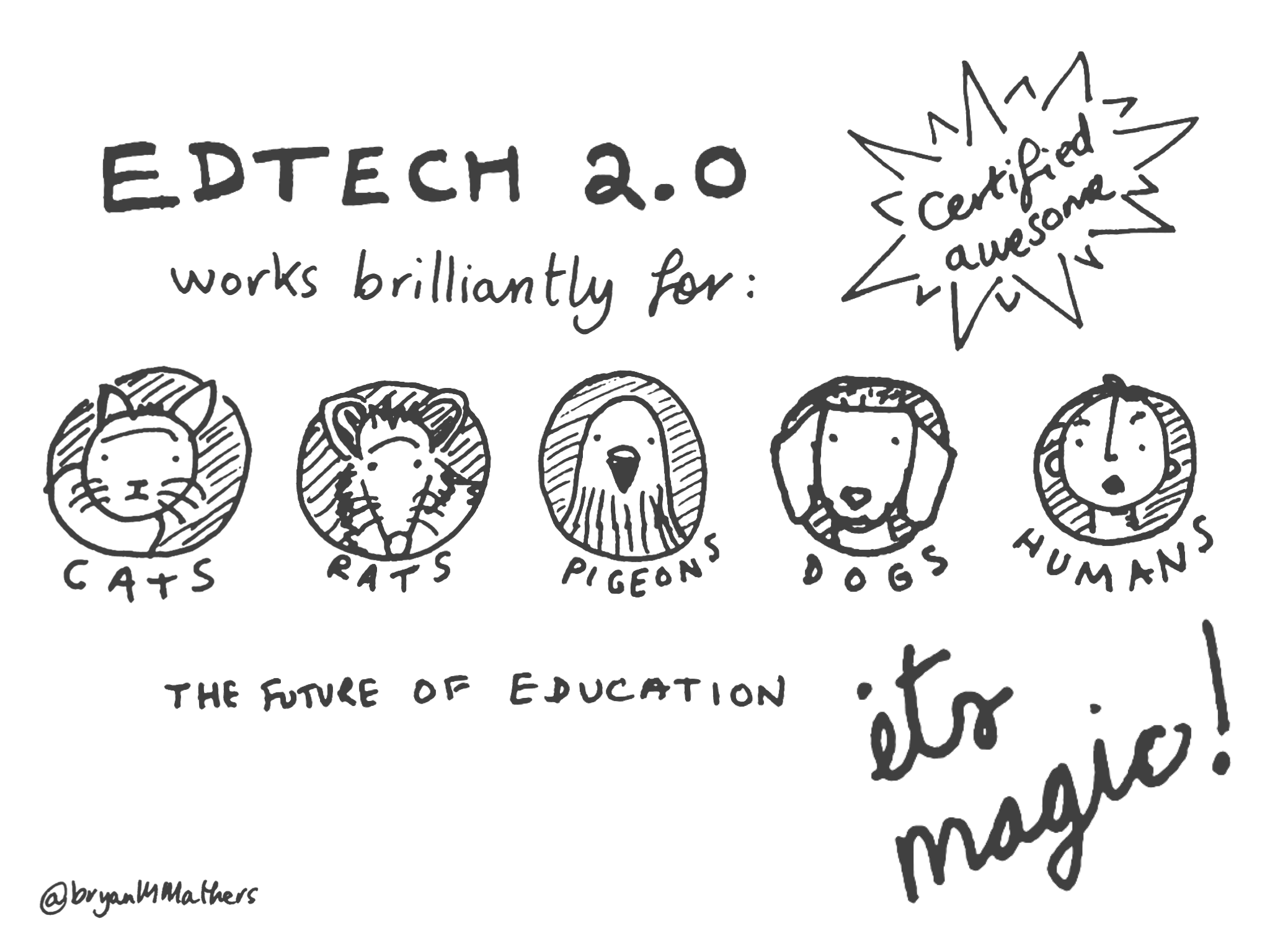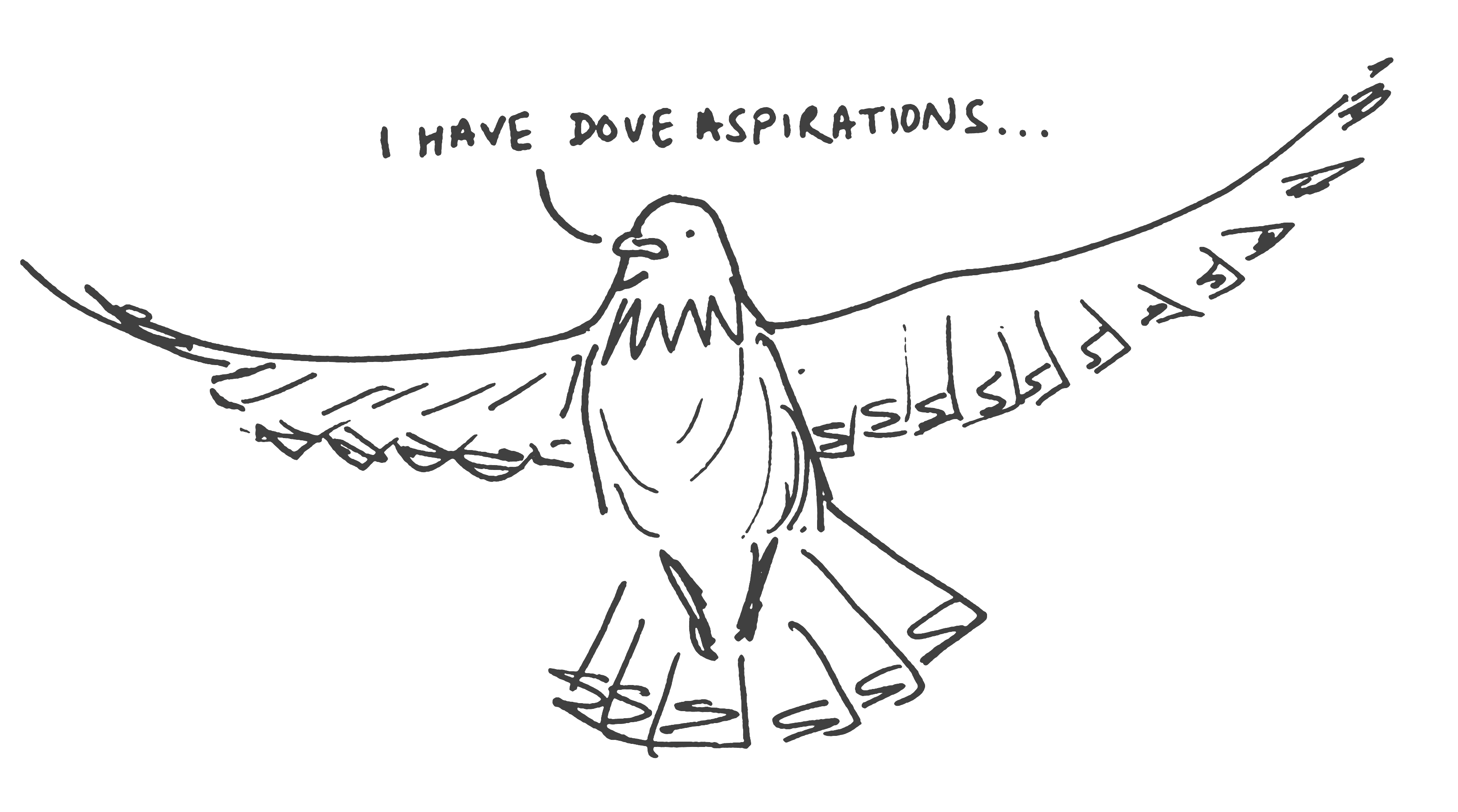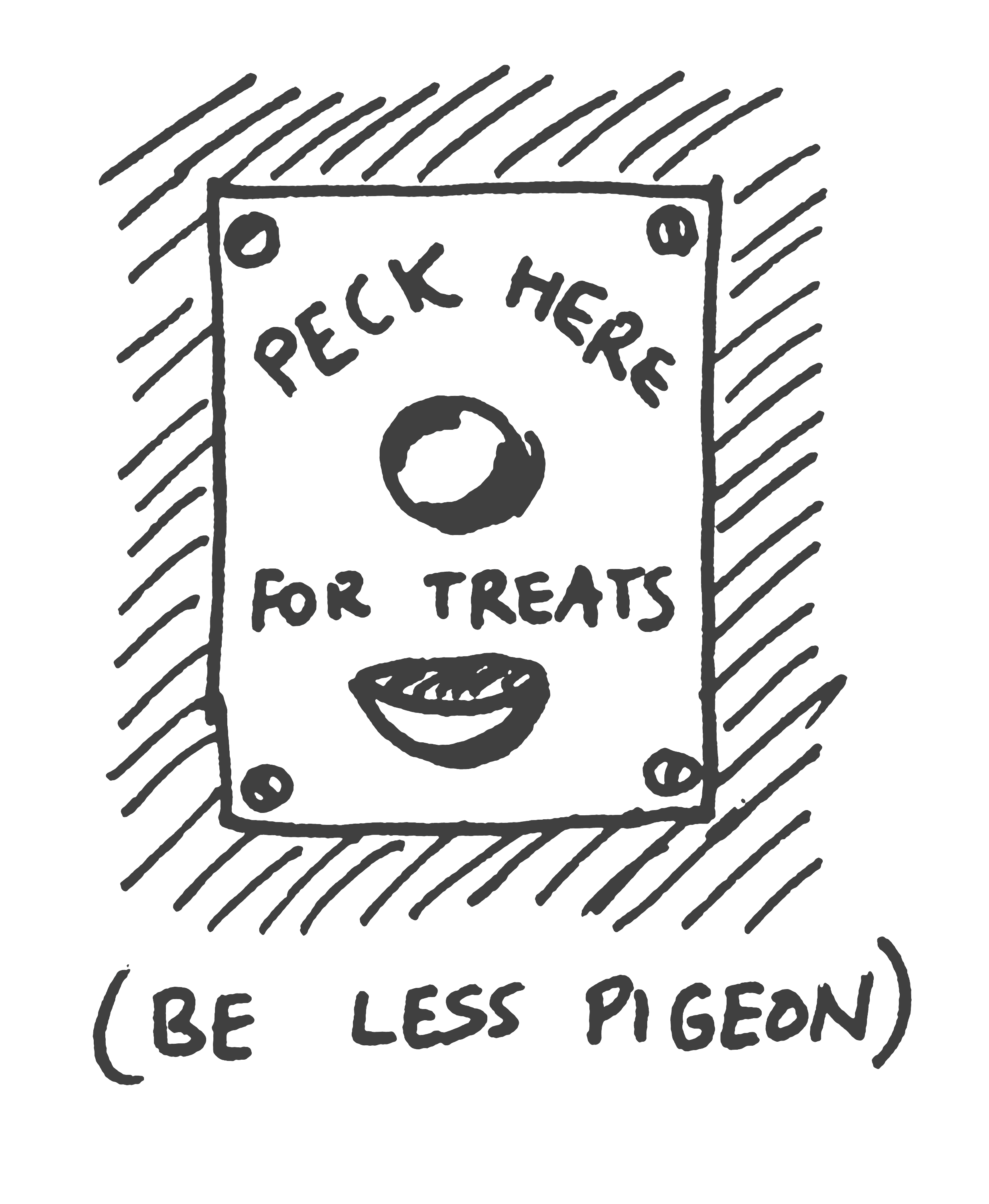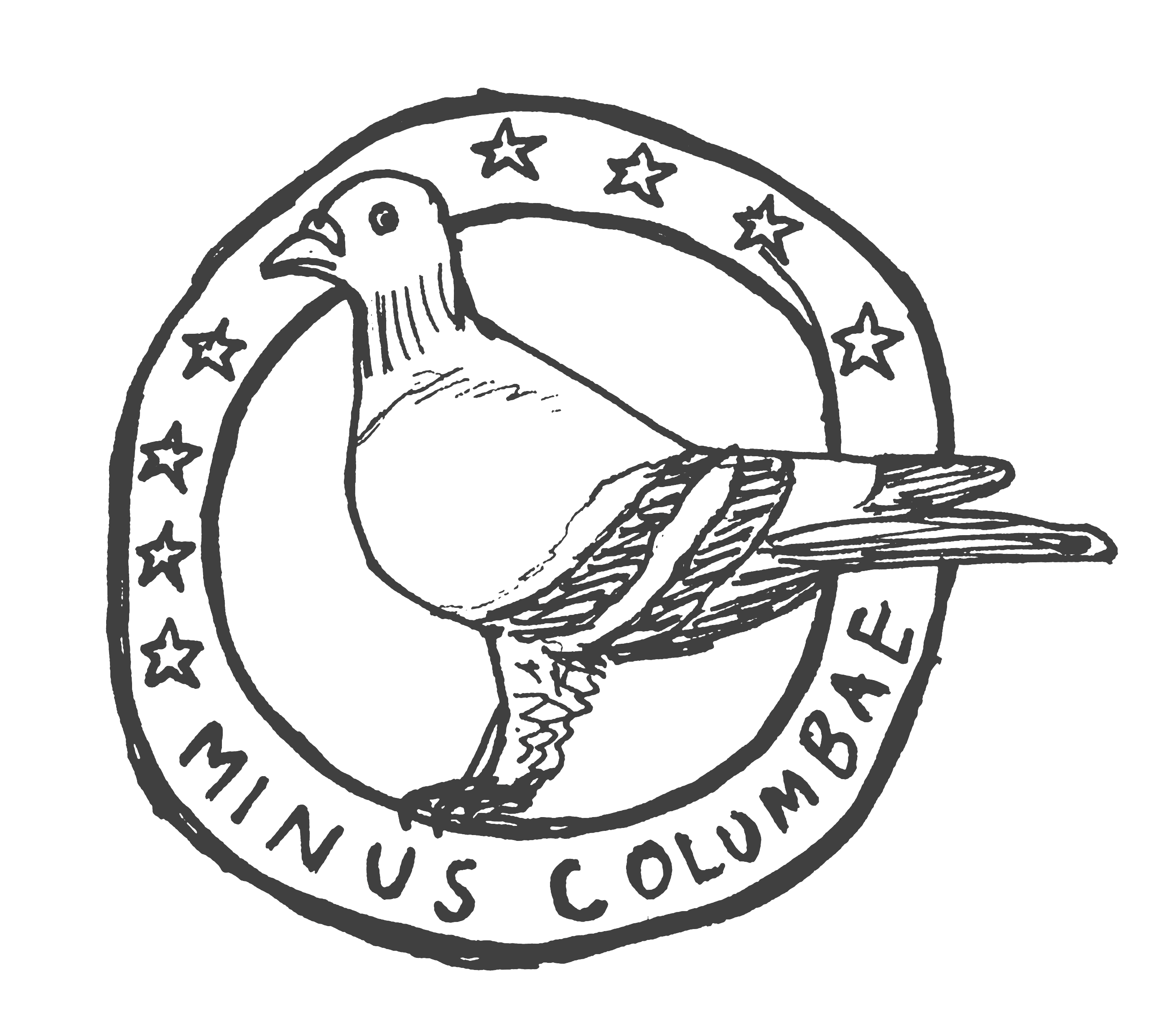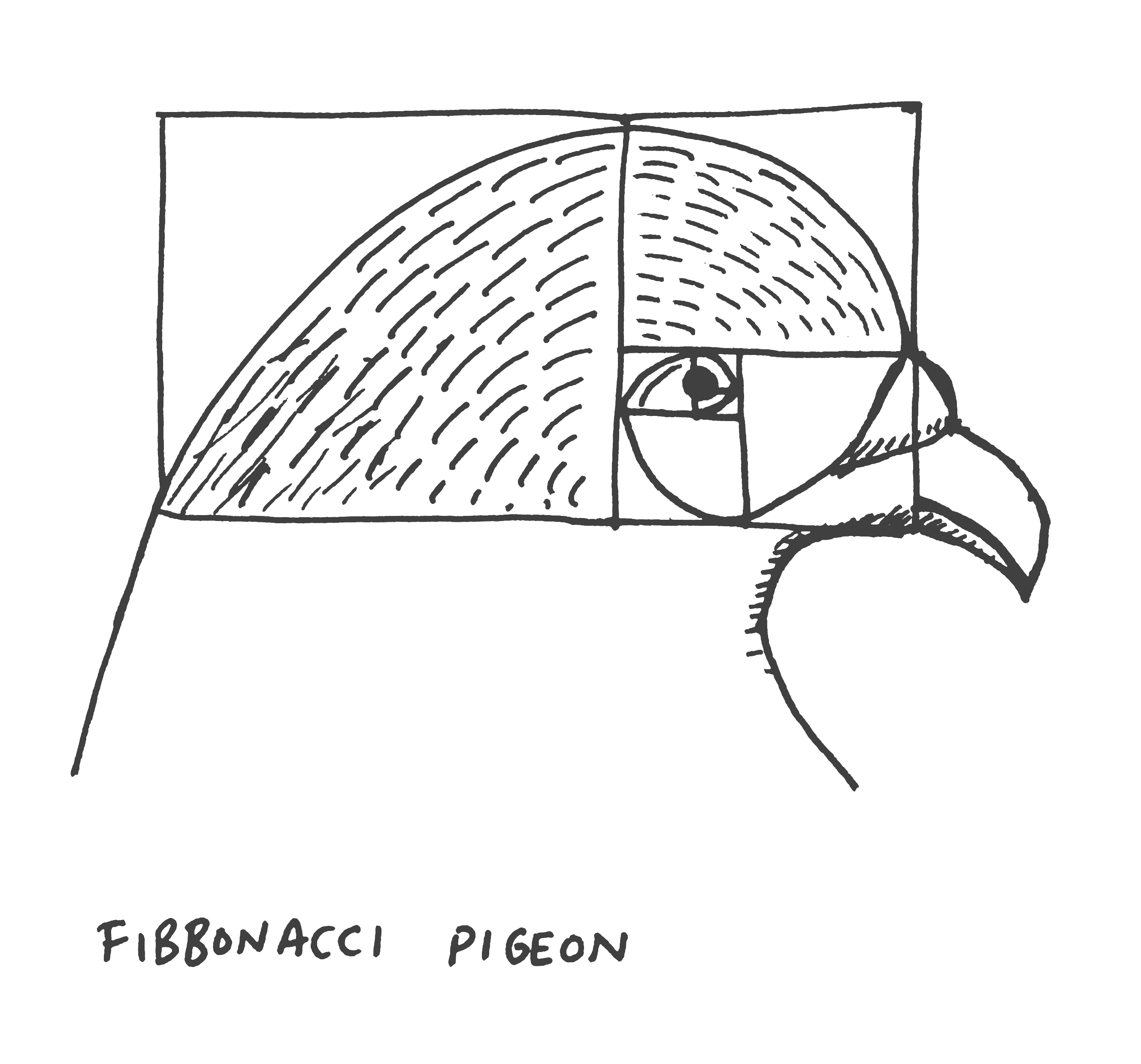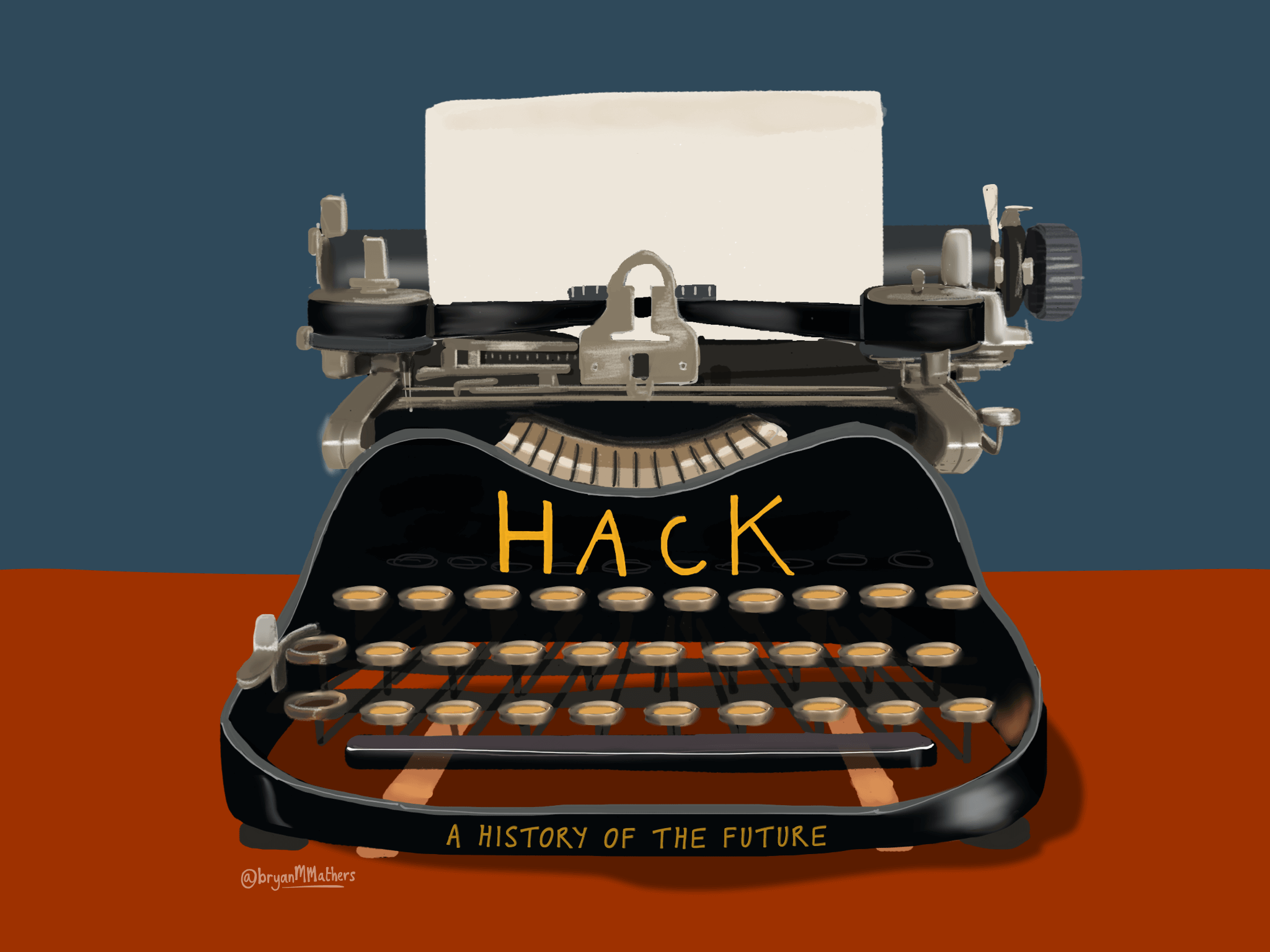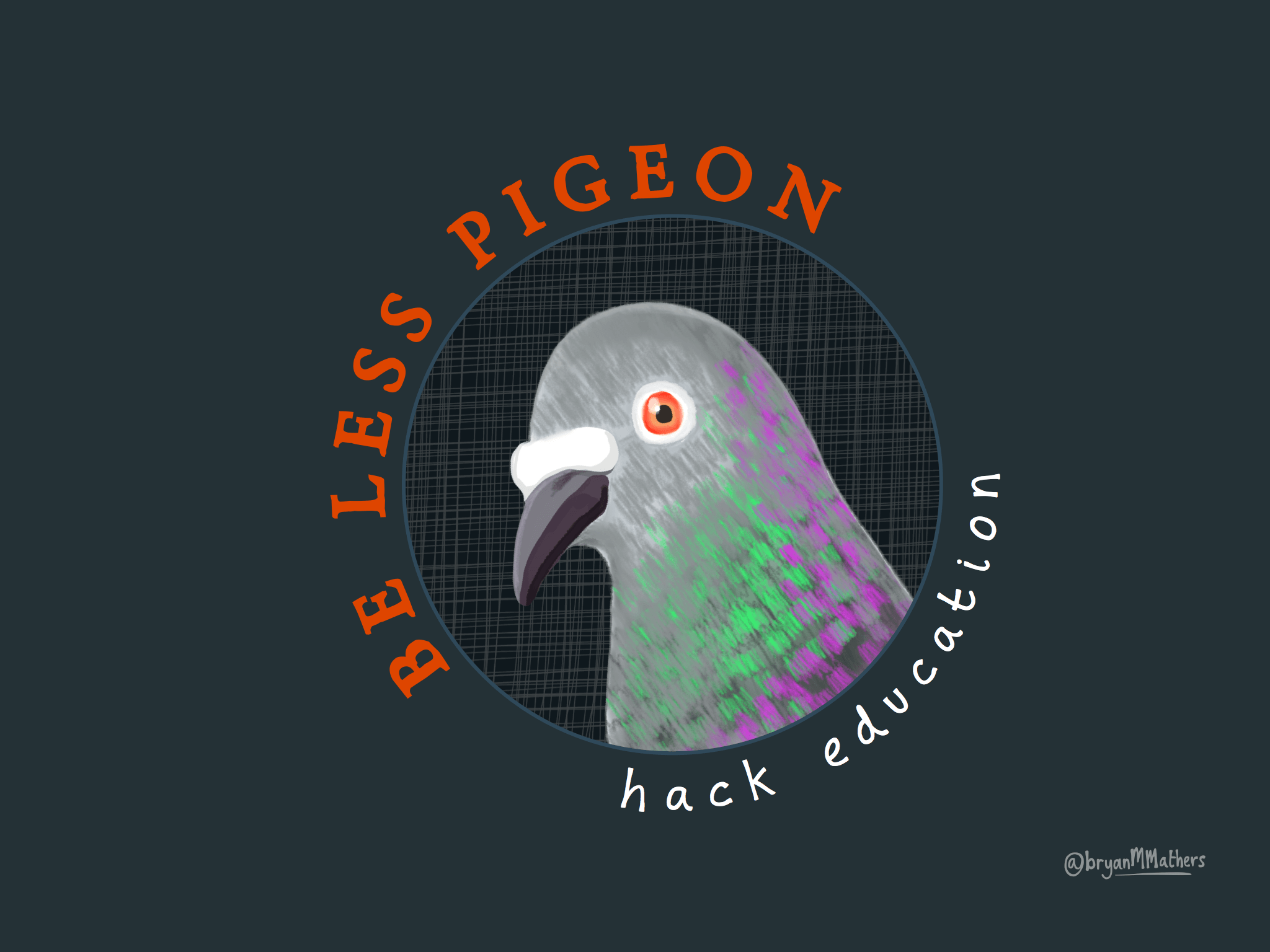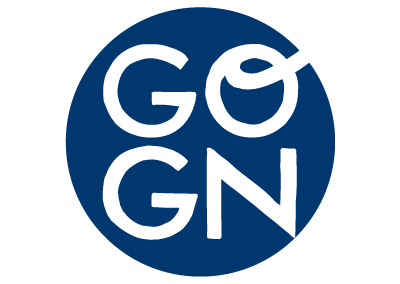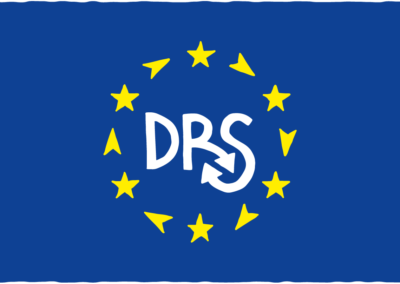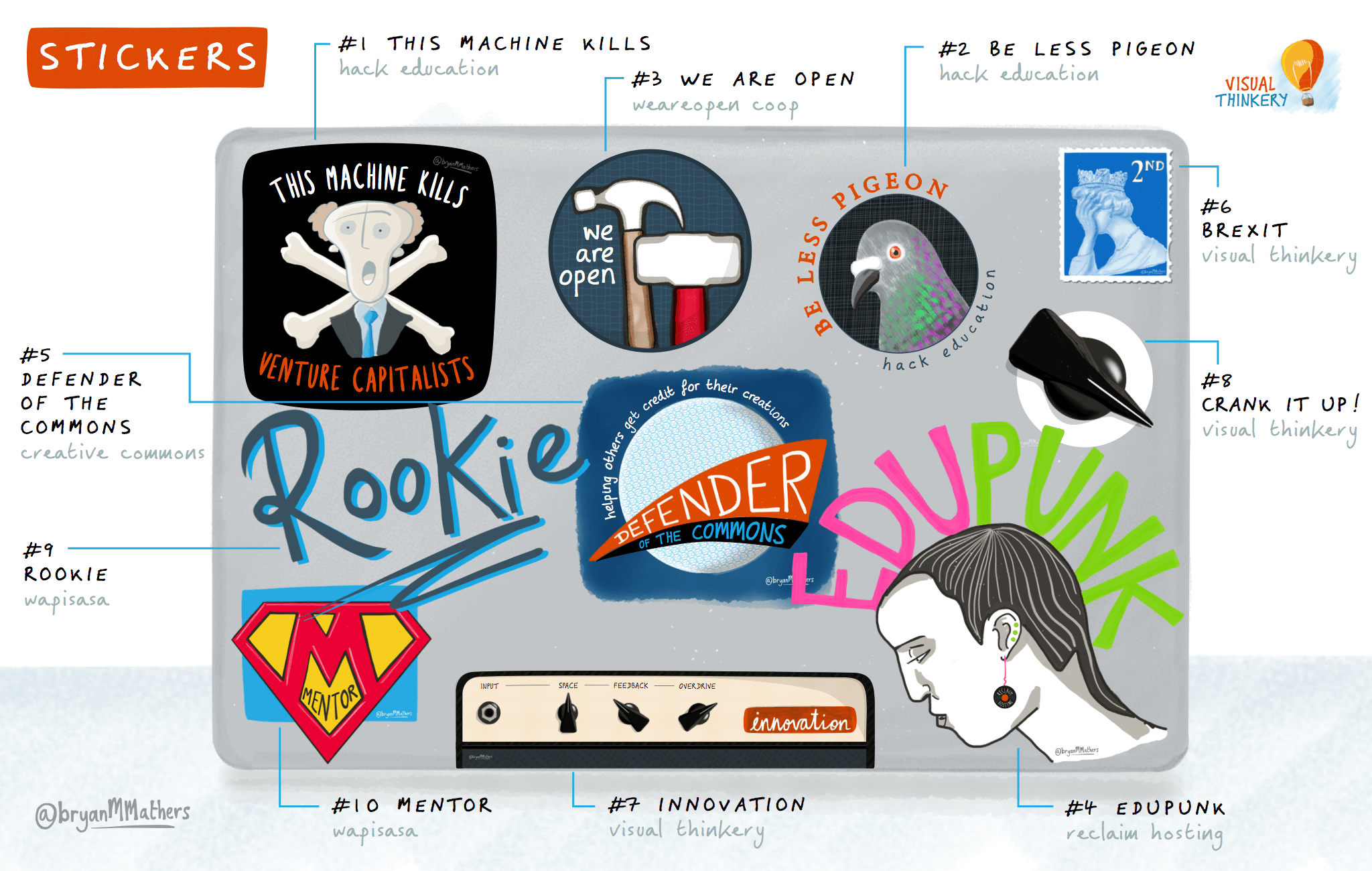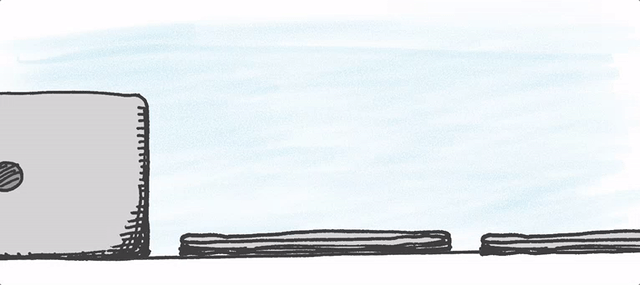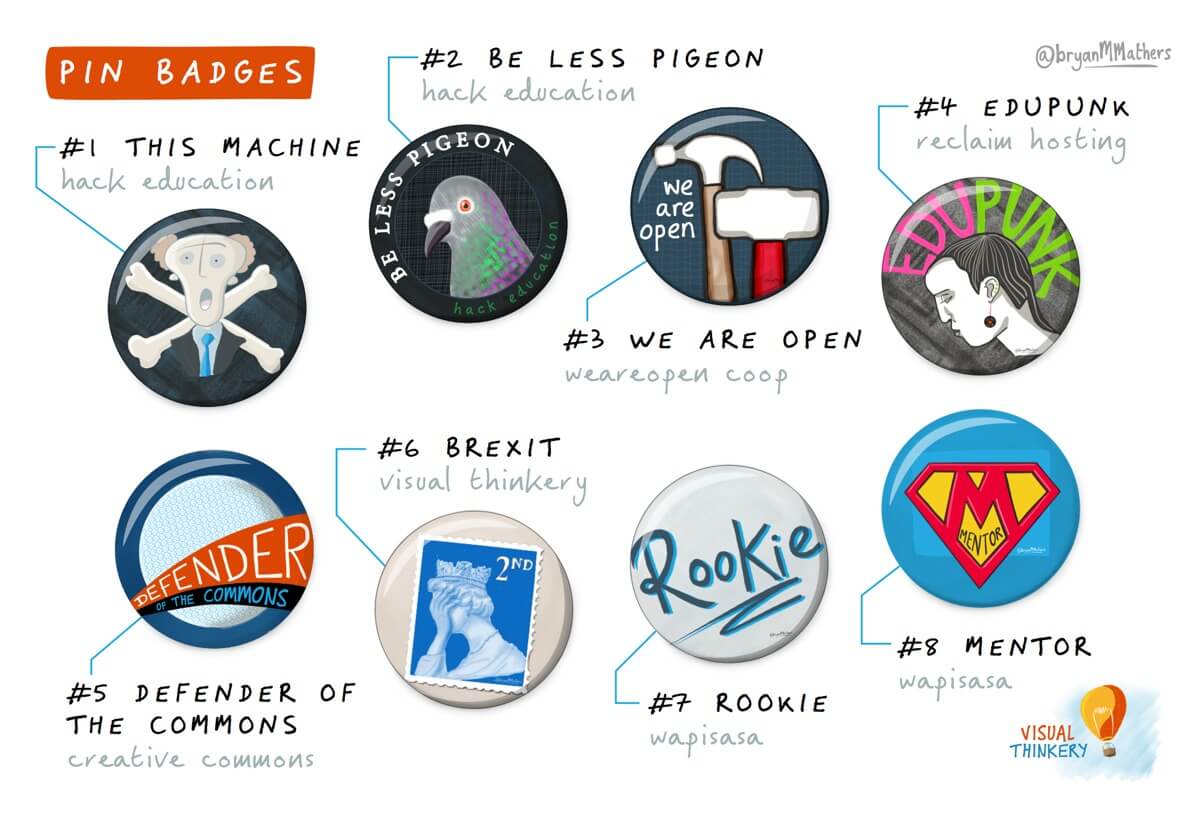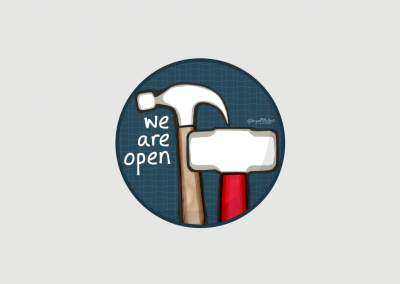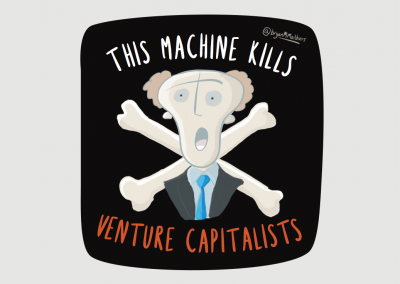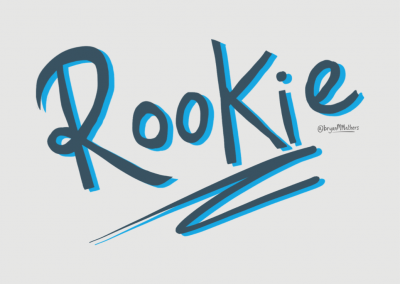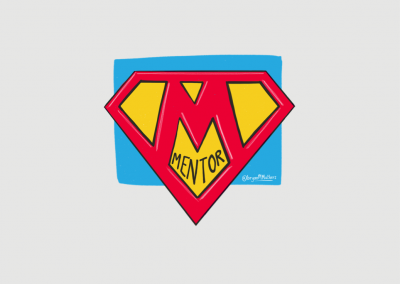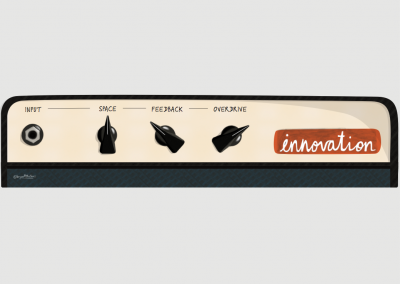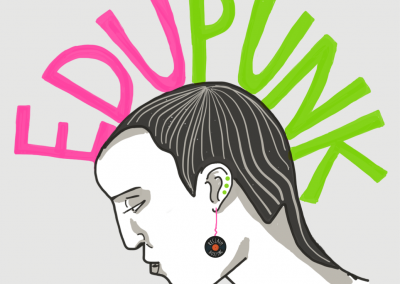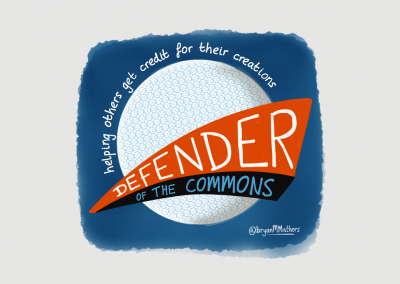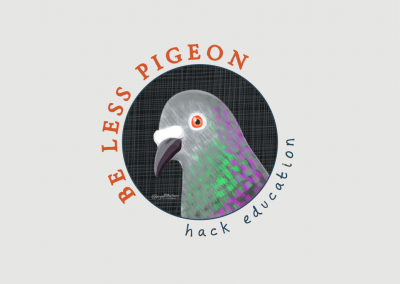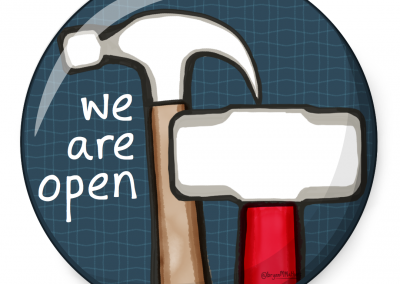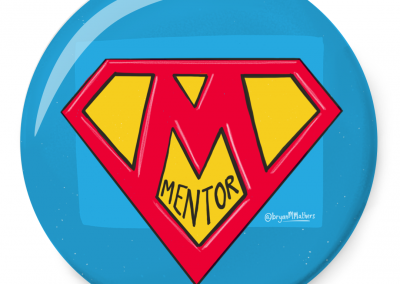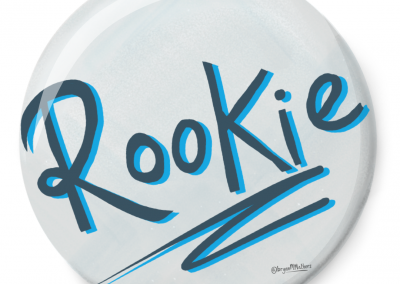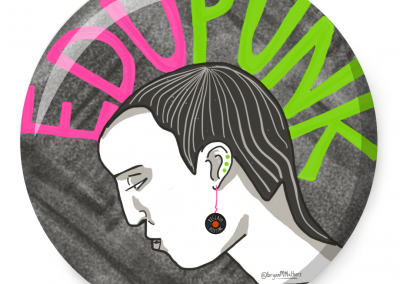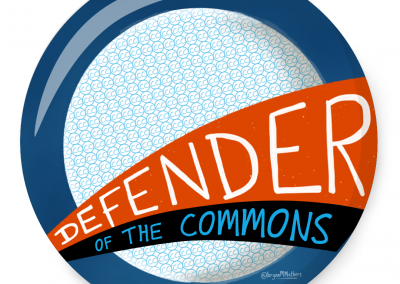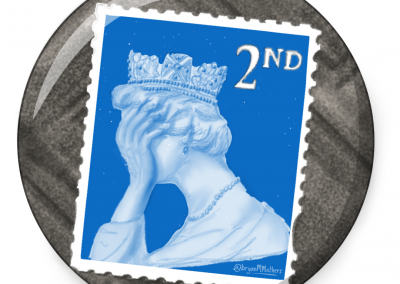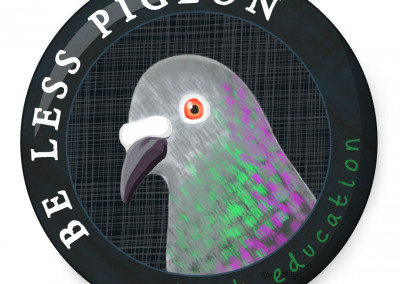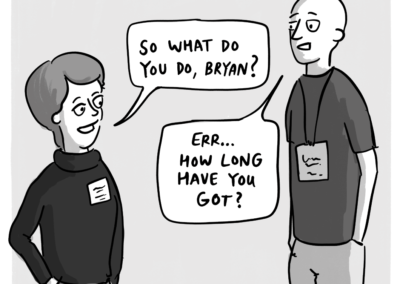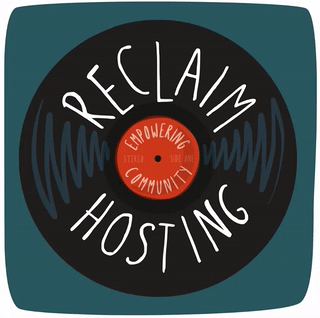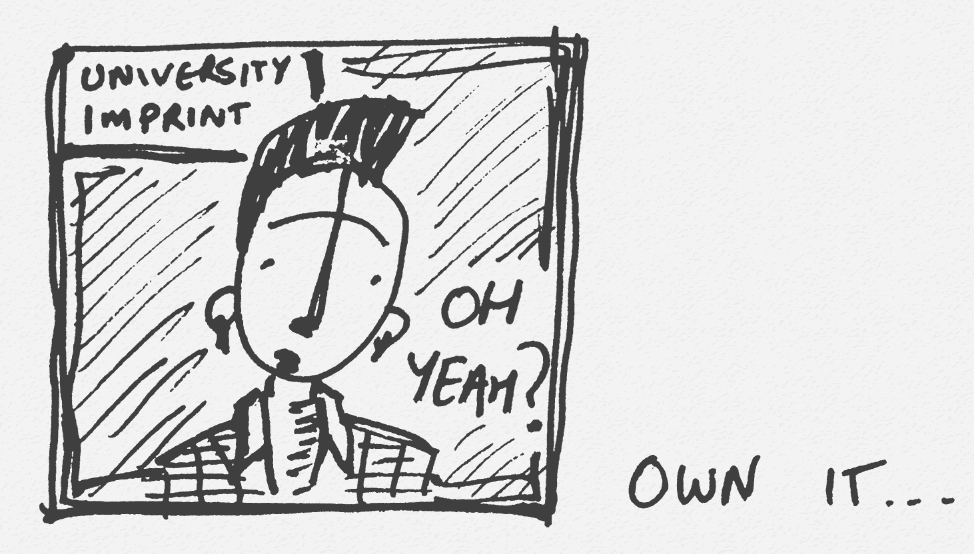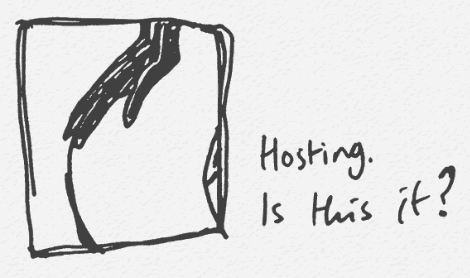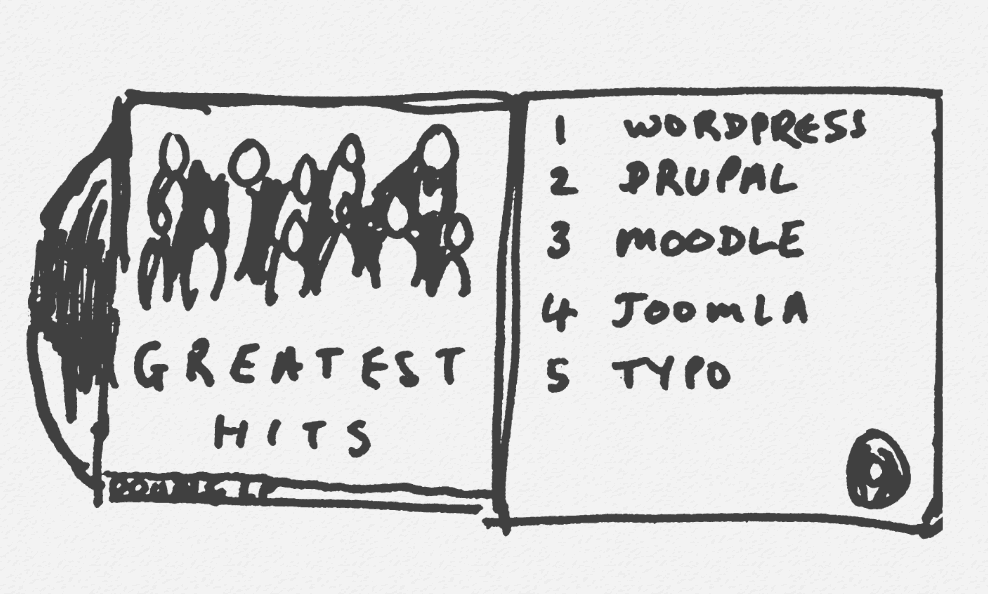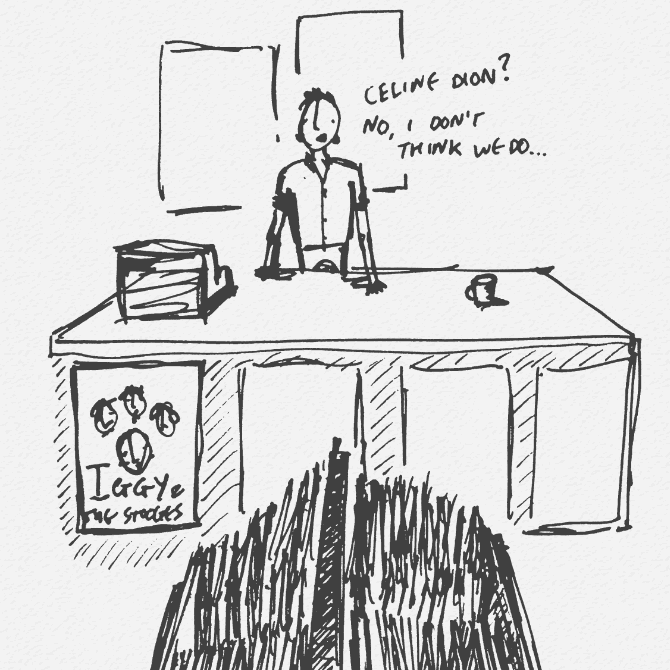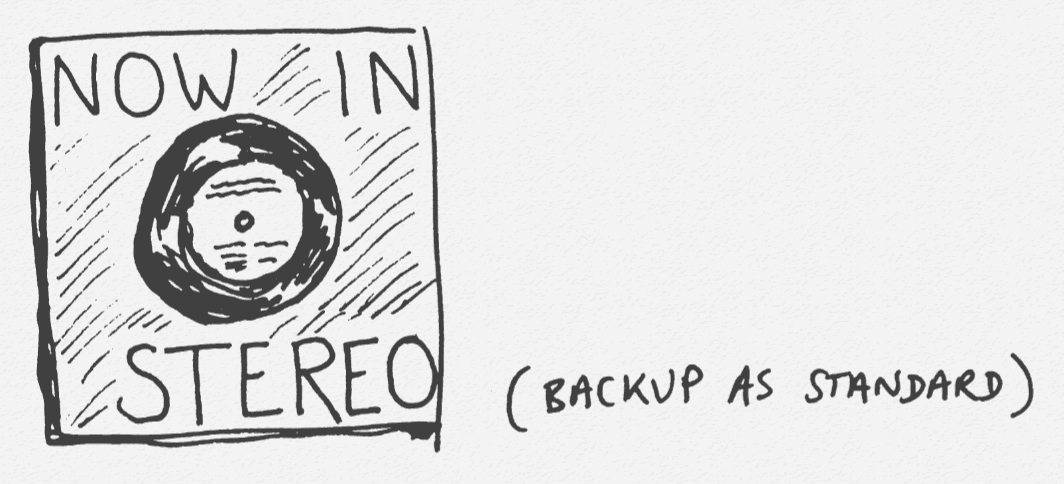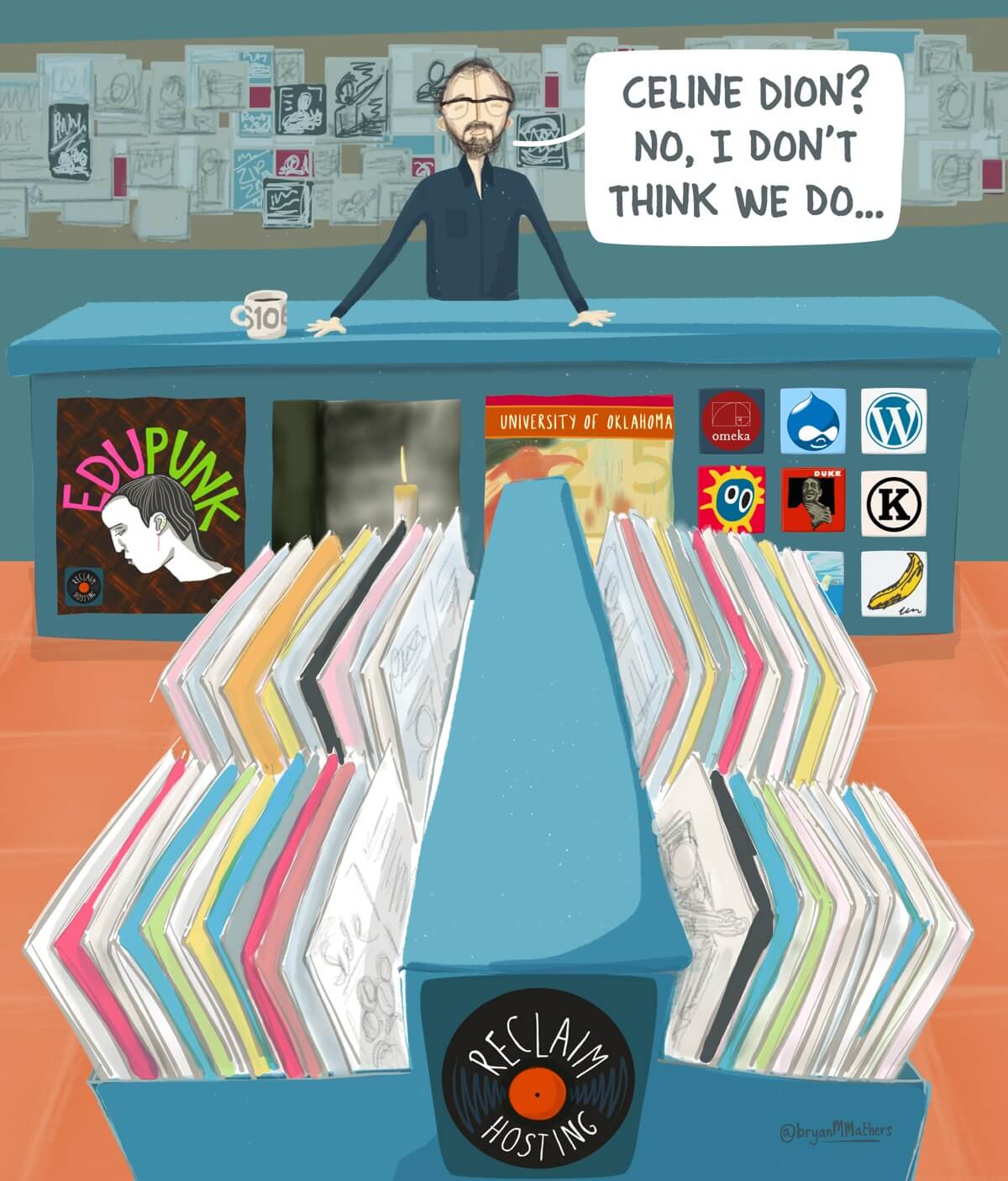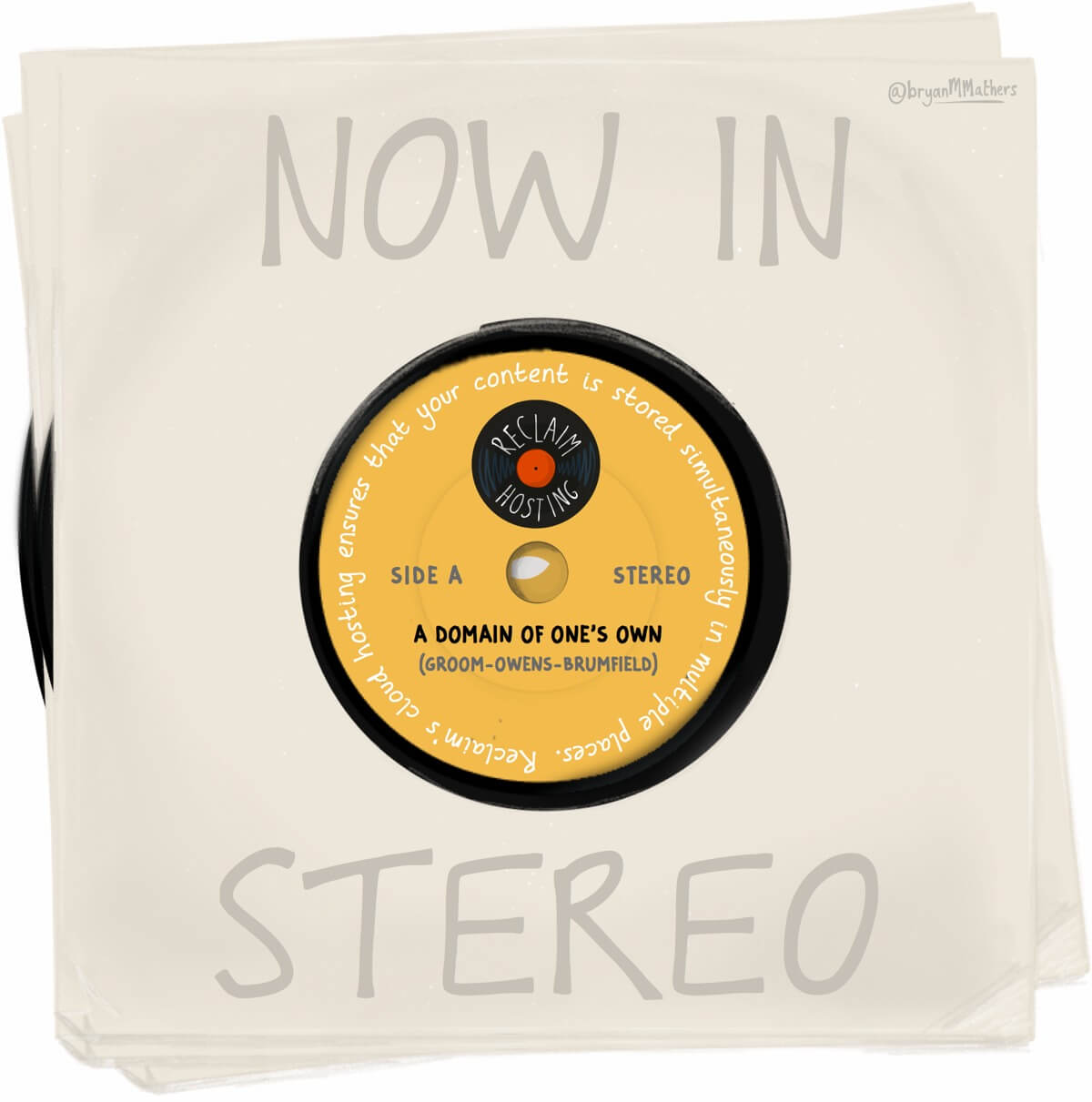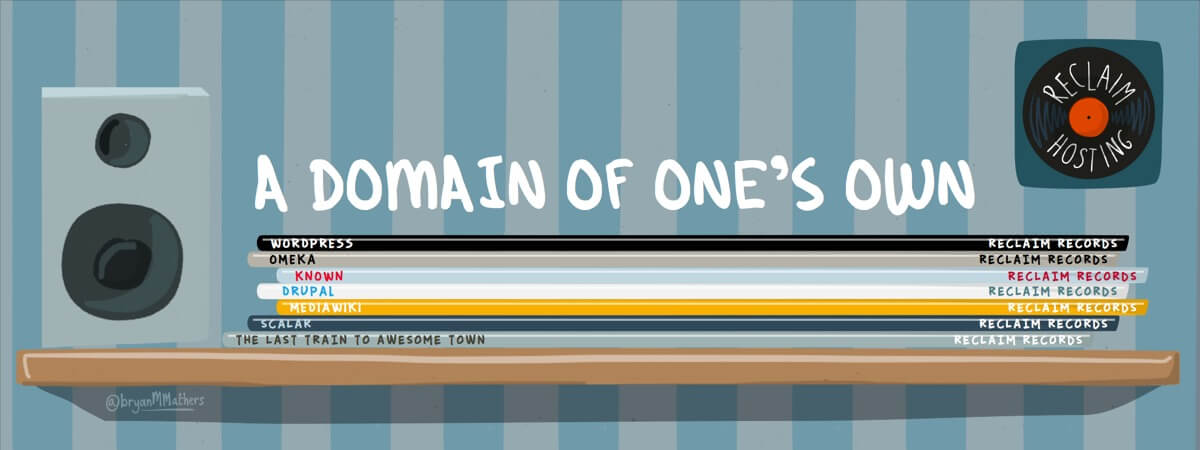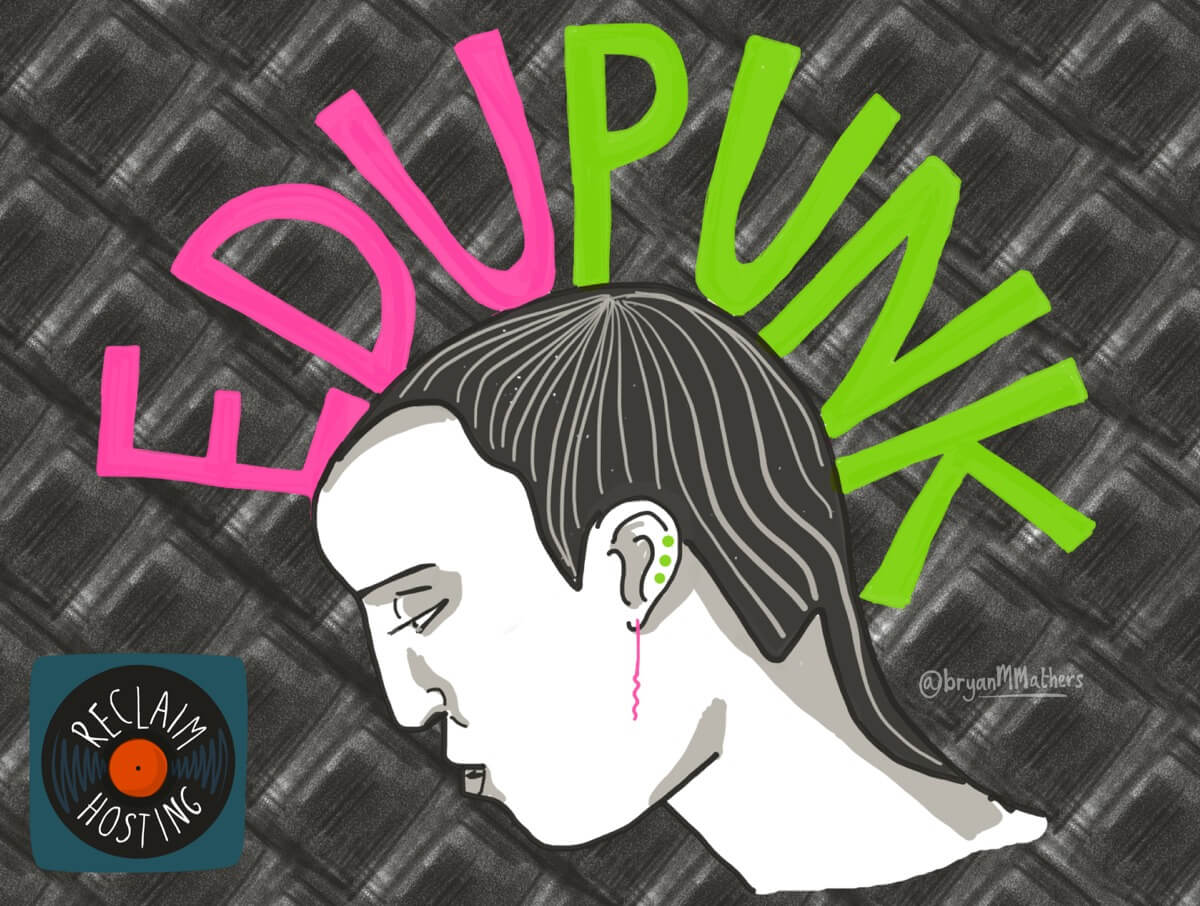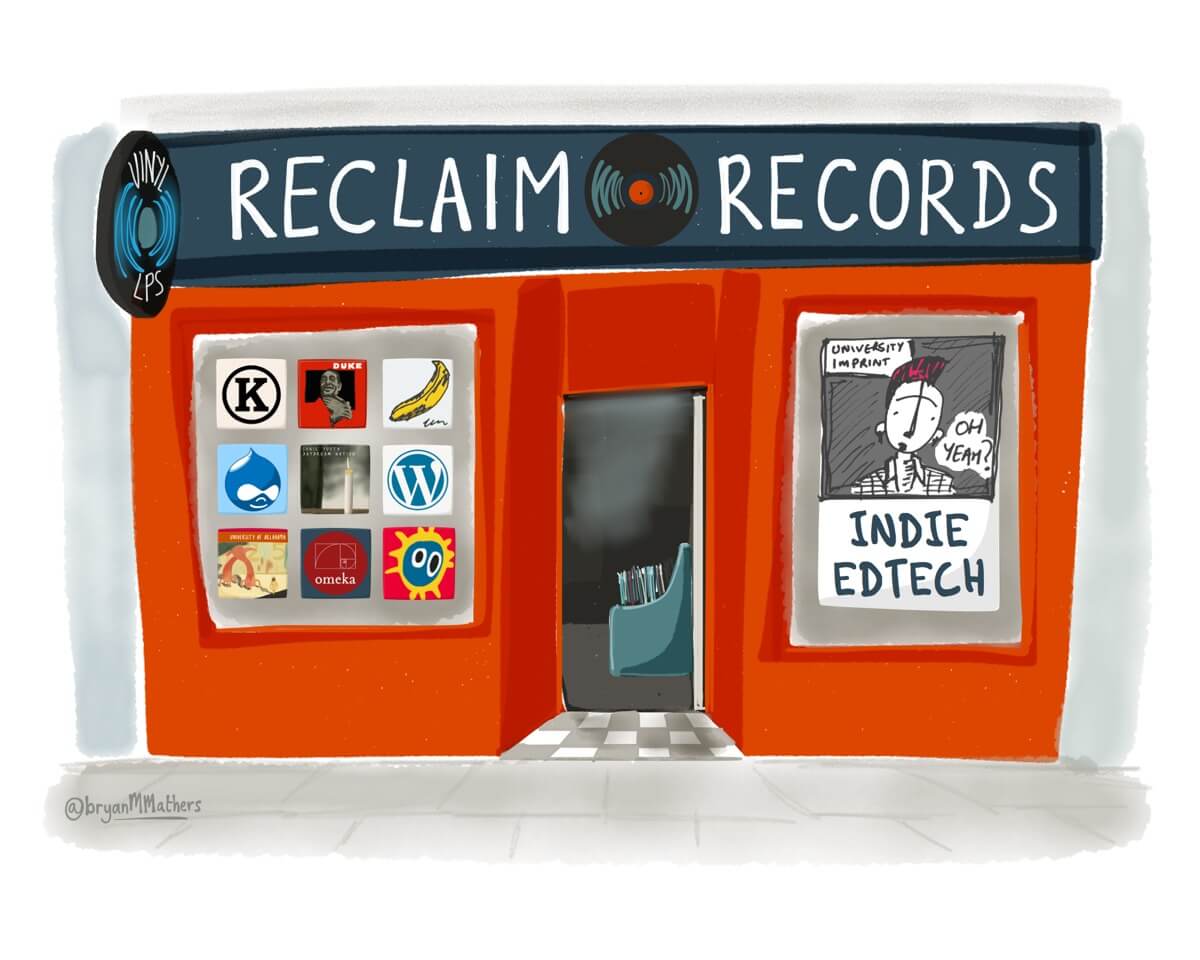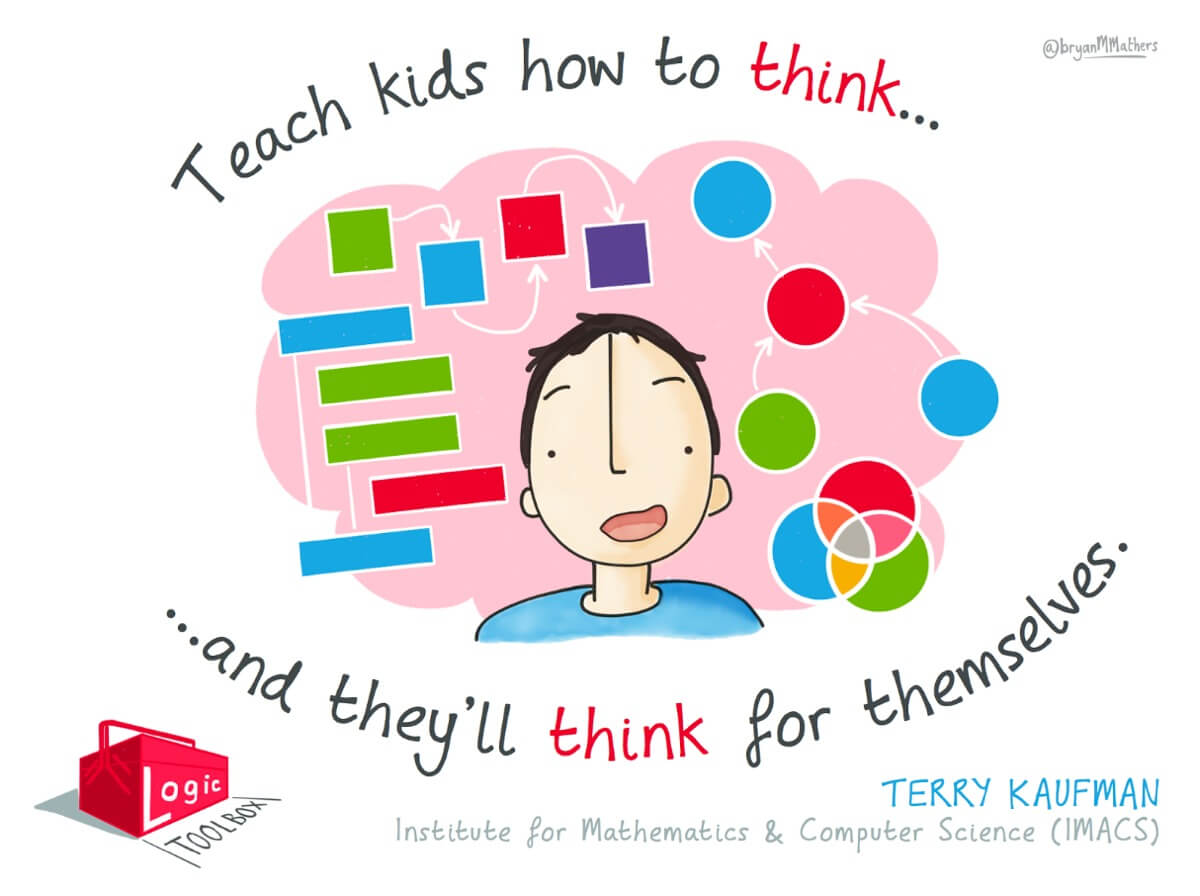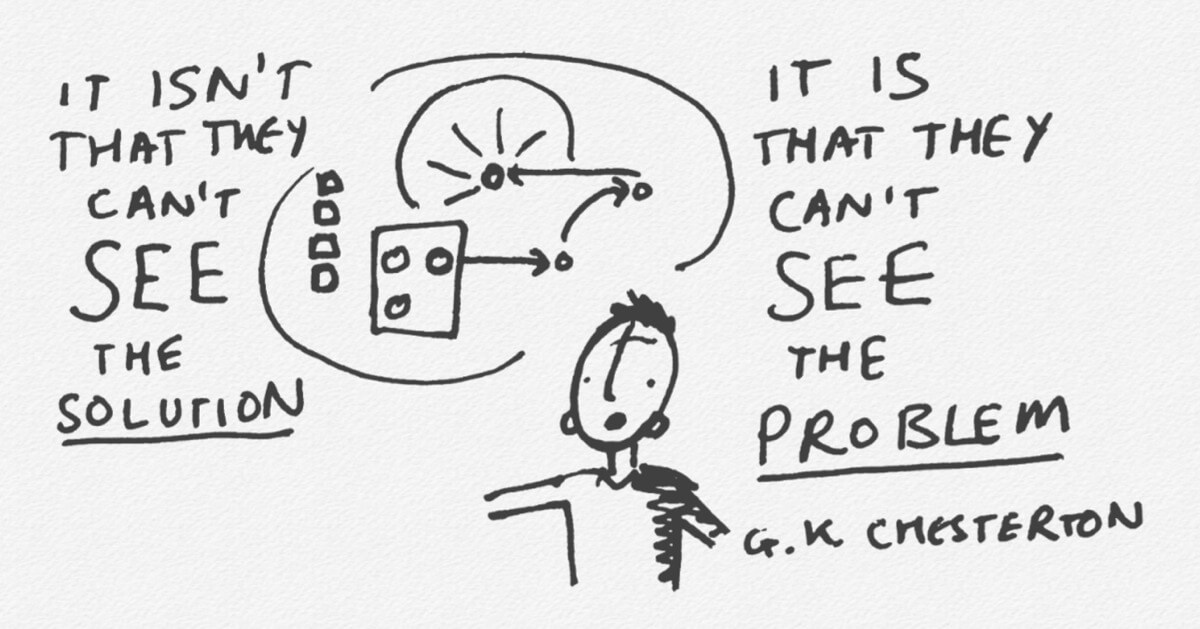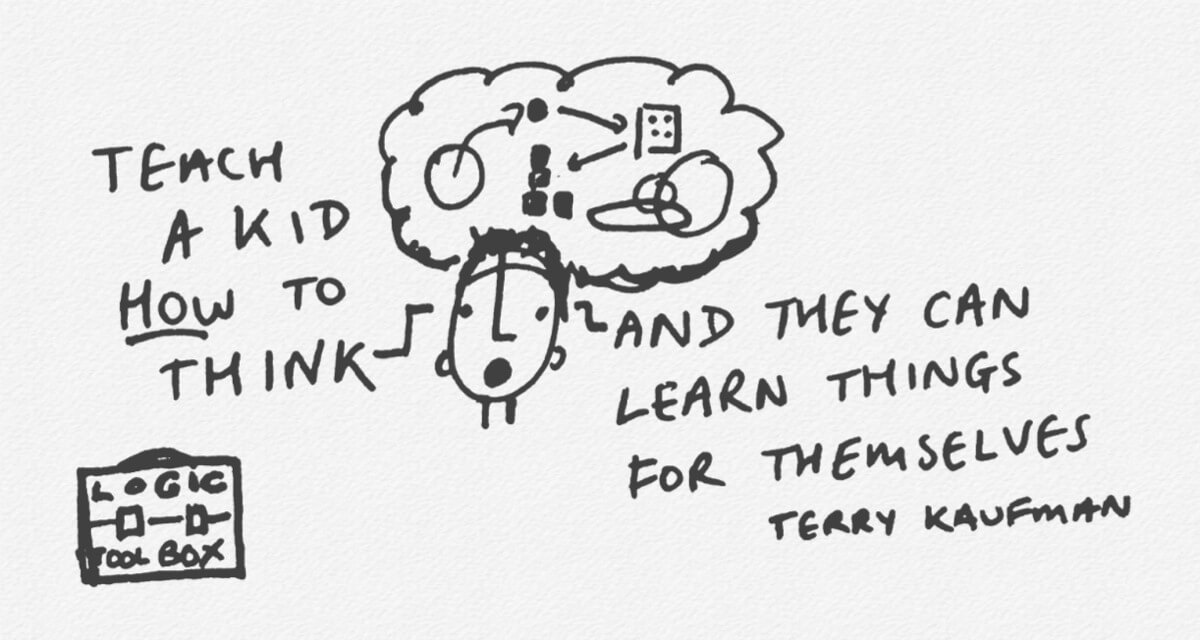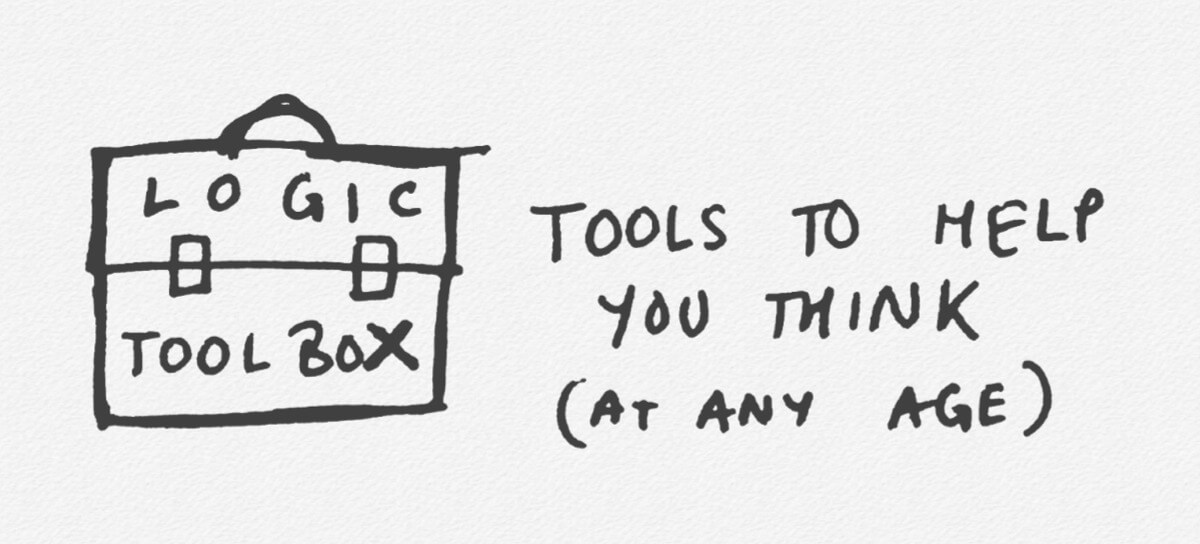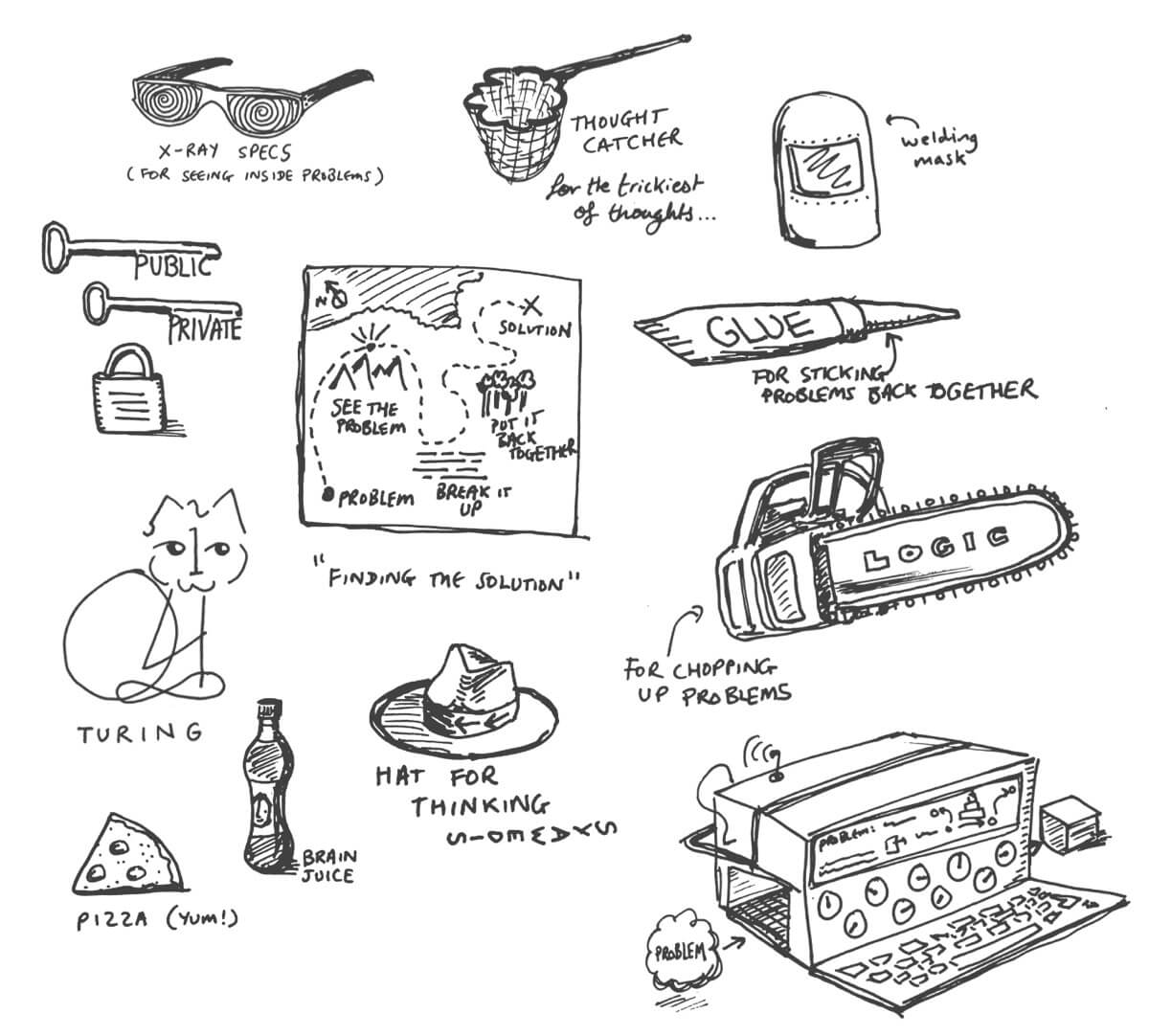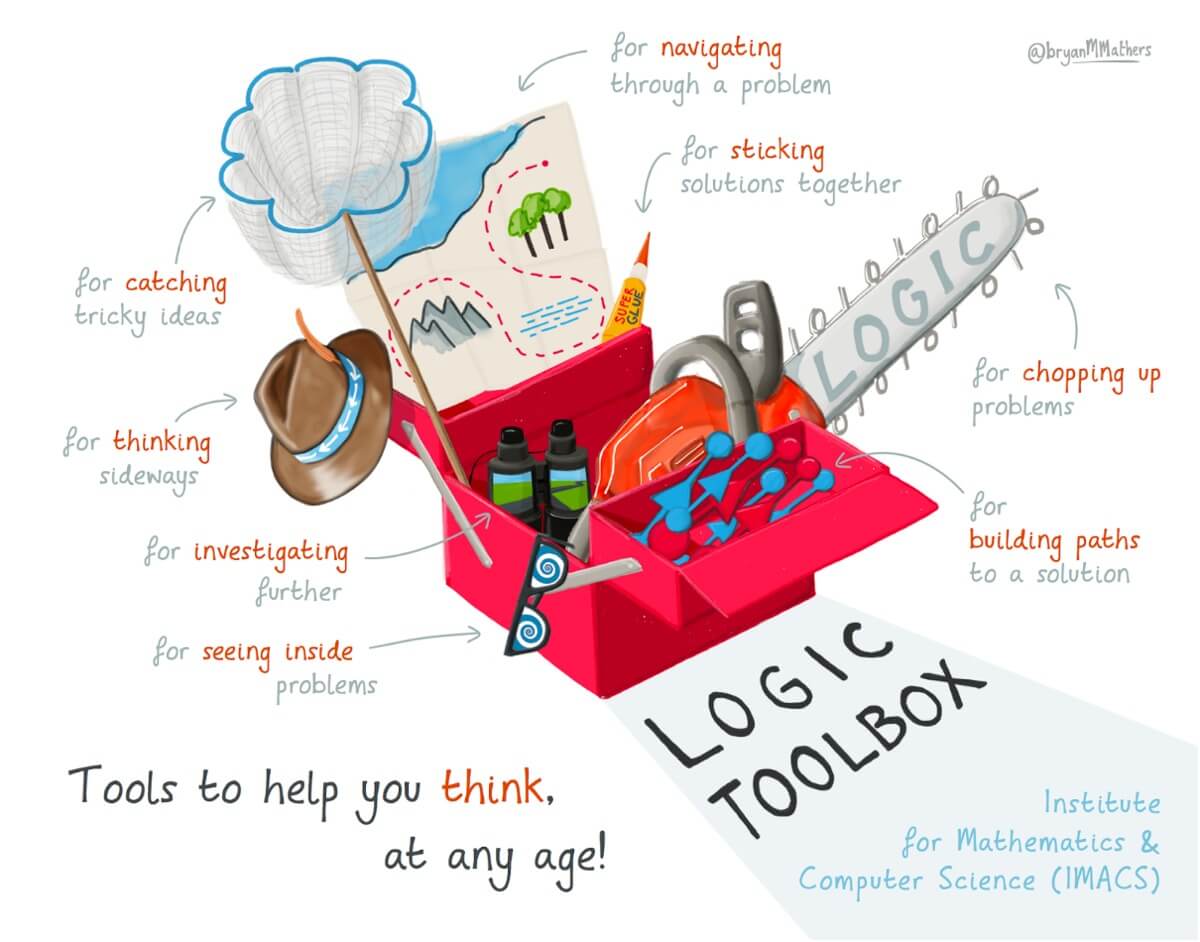API Evangelist

API Evangelist
The thing I love about this sort of work, is that there is so much to be learned from other people. Kin Lane (aka API Evangelist) knows what he’s talking about when it comes to APIs (Application Programming Interfaces). Not just how they work, or how to build them, but how they’ve evolved and the impact they can have.
Kin asked if I would help evolve the visual identity for API Evangelist.
Dialogue
We arranged a remote video session (Kin was in Los Angeles, whilst I’m based in London) and to make sure that I caught as much of what Kin was saying as possible, I recorded our video conversation for good measure. That way, I can go back through the conversation and let it dribble over my creative brain during the sketching phase of the process. I didn’t want our ideas to be restricted by my lack of API knowledge, and being a former software engineer, I’m very interested in this domain too…
Here are a few sketches the session:
Artwork
Finding a visual identity is not easy. Like a new pair of shoes, how you see them changes as they become part of you. There’s much “stepping into it” required. Also, we’re trying to create something bigger than the person behind it, as its purpose will be to provide a stage not just to speak from, but to build other scenes on top of.
…and finally
Humour is often a great indicator of something worth creating. So when a thought tickles me, I try to capture it before it escapes. The artwork below came out of the conversation with Kin, and as a mash-up also allowed be to explore and understand some of Roy Lichtenstein’s work. This artwork ended up as a sticker and can be found on the back of my laptop. 🙂
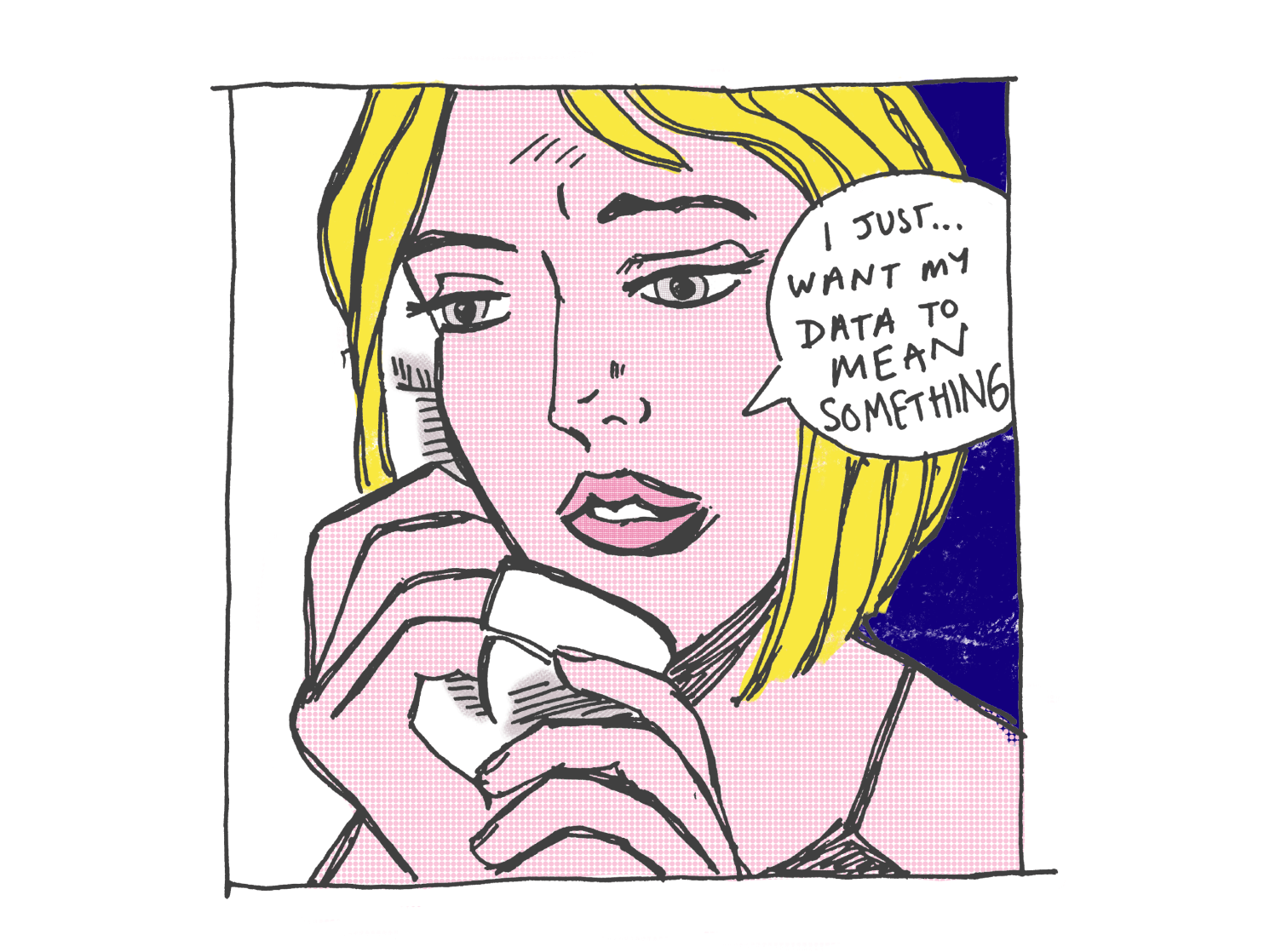
Read next
Here are some other projects you might be interested in.

